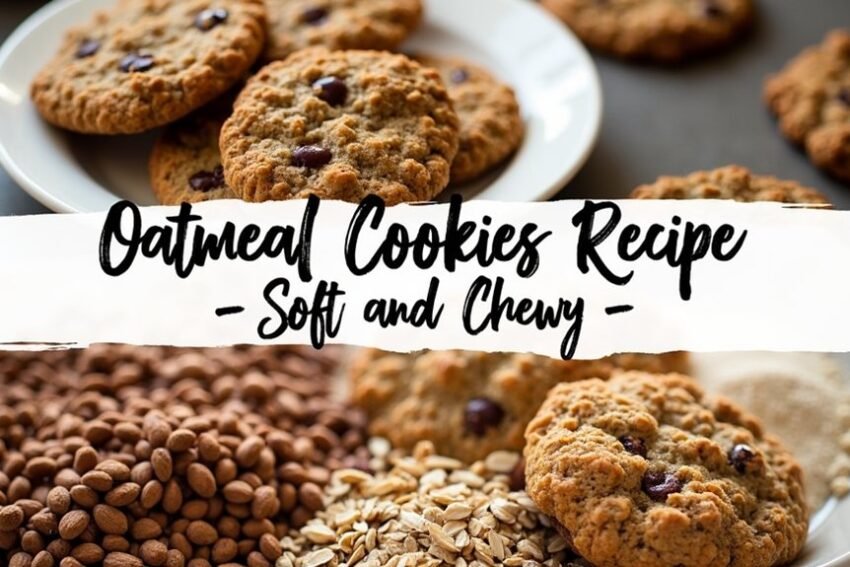Yeasted Bread Recipe – Perfect for Any Baker
Yeasted Bread Recipe – Perfect for Any Baker
When you’re looking to create a loaf of yeasted bread, you might find that the process is both straightforward and rewarding. With just a few key ingredients and some attention to detail, you can produce a bread that rivals anything from a bakery. As you mix, knead, and let the dough rise, you’ll uncover how each step builds flavor and texture. But what happens if you deviate from the recipe? The answers to this could lead to some surprising results, and it might just change how you approach baking entirely.
Key Takeaways
- Combine 4 cups of flour, 2 ¼ tsp of active dry yeast, and 1 ½ tsp of salt in a mixing bowl.
- Gradually add 1 ½ cups of warm water, mixing until a dough forms.
- Allow the dough to rise in a warm area for 1-2 hours until doubled in size.
- Shape the dough, let it rise for an additional 30 minutes, then bake at 350°F for 25-30 minutes.
- Cool on a wire rack to maintain texture, and store in an airtight container.
History
Yeasted bread has its roots deep in ancient history, with evidence dating back to around 4000 B.C. in Egypt. Early Egyptians likely stumbled upon yeast by accident when spores drifted onto dough left to sit, leading to the fermentation process.
Key historical points include:
-
First Leavened Breads: These were probably similar to modern sourdough, utilizing natural contaminants for fermentation.
-
Connection to Brewing: The evolution of leavened bread is closely related to beer brewing, with barm (foam from fermentation) used for bread making.
-
Yeast Observation: In 1680, van Leeuwenhoek first observed yeast cells, although it took nearly 200 years to understand their fermentation role.
By the 19th century, bakers sourced yeast from beer brewers, resulting in sweeter breads like the Kaiser-Semmel roll. This shift also marked the beginning of commercial yeast production, which greatly expanded availability for home bakers.
The Vienna Process, developed in 1846, addressed yeast shortages, while Tebbenhof’s 1825 method led to yeast cube cakes, boosting production efficiency.
Reiminghaus improved industrial yeast manufacture with the filter press in 1867.
Each of these developments greatly influenced how yeasted bread is made today, paving the way for modern baking practices.
Understanding this history enriches your appreciation for bread’s transformation over time.
Recipe
Yeasted Bread Recipe
Making yeasted bread at home is a rewarding experience that fills your kitchen with delightful aromas as the bread bakes. With just a few simple ingredients, you can create a delicious loaf of bread that’s perfect for sandwiches, toast, or to accompany any meal. This recipe is easy to follow and requires minimal equipment, making it accessible to all levels of home bakers.
Begin your journey into bread-making by gathering your ingredients and setting aside some time for the dough to rise. The process involves mixing, rising, shaping, and baking, yielding a warm and crusty loaf that captures the essence of homemade bread. The rising times allow the yeast to work its magic, developing flavor and texture that can’t be replicated with store-bought bread. One of the great advantages of this recipe is the flexible rise times that can range from just a couple of hours to up to three days, providing you with options to fit your schedule.
Ingredients:
– 4 cups all-purpose or bread flour
– 2 ¼ teaspoons active dry or instant yeast
– 1 ½ teaspoons salt
– 1 ½ cups warm water (105-115°F)
– Optional: 1 tablespoon sugar or honey (to feed the yeast)
Instructions:
In a large bowl, combine the flour, yeast, and salt. Gradually add the warm water, mixing until the dough is wet and incorporates all the flour.
Cover the dough with a cloth and let it rise in a warm place for 1-2 hours until it has doubled in size. After the first rise, gently shape the dough into your desired form, such as loaves or rolls, and let them rise again in a warm and humid environment for about 30 minutes.
Preheat your oven to 350°F. Just before baking, score the top of the dough for a decorative touch and to allow it to expand. Bake in the preheated oven for 25-30 minutes or until the bread is golden brown and sounds hollow when tapped.
Cool on a wire rack before slicing.
Extra Tips:
To improve flavor, consider refrigerating the dough for a longer first rise; leaving it overnight can create a more complex taste.
Always check the temperature of your warm water with a thermometer to verify you don’t kill the yeast. If you’re in a particularly dry environment, place a small pan of water in the oven while baking to create steam, which helps develop a nice crust.
Finally, to maintain freshness, store your bread in a paper bag at room temperature or freeze it for later use.
Final Thoughts
Baking your own bread can be a fulfilling endeavor that not only satisfies your taste buds but also brings a sense of accomplishment.
As you wrap up your bread-making journey, keep a few final tips in mind to guarantee success.
-
Creating a Warm Environment: To encourage your dough to rise, preheat your oven to 180°F, then turn it off before placing the covered dough inside.
-
Dough Handling: After the first rise, gently punch down the dough, divide it if necessary, and shape it into loaves or place it in suitable bowls for the final rise. Quick-rise technique can significantly reduce the rising time, ensuring a more efficient process.
-
Baking: Bake in a preheated oven at 375°F until the bread is golden and sounds hollow when tapped.
-
Cooling: Once baked, let the bread cool on a wire rack to maintain its texture and prevent sogginess.
-
Storage: To keep your bread fresh, store it in an airtight container or freeze it if you need longer shelf life.
FAQ
Yeast Types:
– Use 1 package or 2 1/4 teaspoons of active dry yeast to replace one cake of compressed yeast.
– Active dry yeast must be softened in water; instant yeast can be used interchangeably but without softening.
– If substituting, reduce instant yeast by 20% for active dry yeast, and increase active dry yeast by 20% if switching to instant yeast.
Yeast Activation:
– Activate yeast in water heated to 105°F to 115°F. Incorrect temperatures can kill yeast.
– For best results, allow yeast to work in a draft-free environment at 80°F to 95°F. Proper temperature control is crucial for yeast’s performance during this process.
Dough Preparation and Baking:
– Knead the dough adequately for proper gluten development; insufficient kneading leads to undesirable bread.
-
Bake using a stone or dark pan to achieve a nice crust.
-
Improve the crust by brushing the top with water or egg wash.
These tips will guarantee your yeasted bread turns out perfectly every time.




